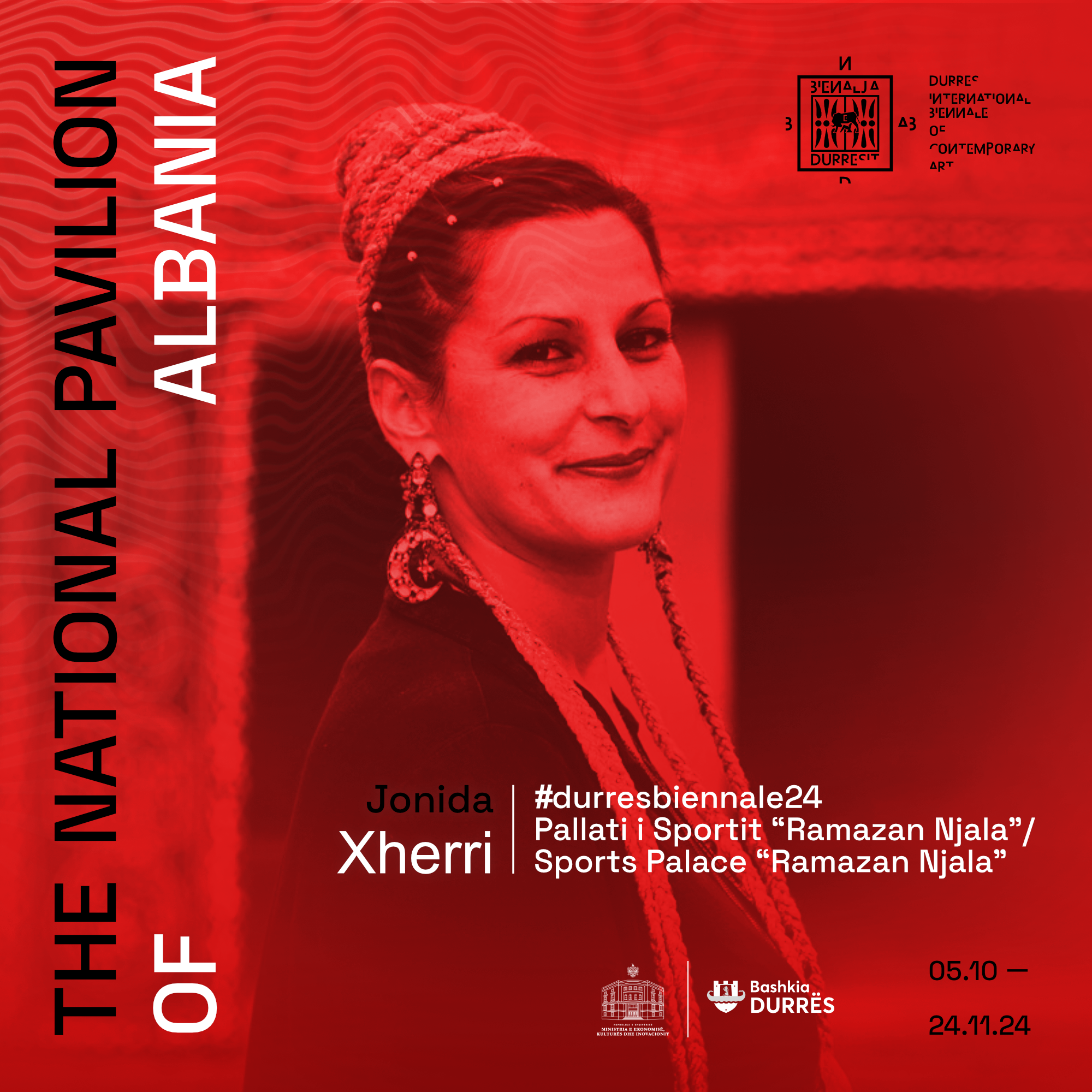Jonida Xherri

Jonida XHERRI was born in 1985 in Durrës and has been living in Italy for 17 years. In 2013, he graduated in fine arts and decoration at the Academy of Fine Arts of Florence, and in the same academy, in 2016, he graduated in new expressive languages in visual art. While in 2014 she attended Erasmus studies at the Academy of Fine Arts of Muenster, Germany. The artist Xherra has participated in national and international projects, her works are in various art collections in: Orestiadi Culture Foundation, of Gibelina; Museum of Wheat and Bread in Salemi, Municipality of Kasentino; the Museum Belice EpiCentro della Memoria Viva, in Ghibelina; MULA+ Museum in Latronico; Church of San Domenico, in Modica; Must Museum of the Territory, in Vimercate, Casa Masaccio, in San Giovanni Valdarno; Giardino di'Noce and at the Sandro Pertini Lyceum, in Genoa. He is currently working on a project on his birthplace and on the Miniera art residency curated by Incipit in Caselle in Pittari.
Combination
Mixed technique, 7 x 8 m, 2024
The conceptual approach:
The work is presented as a tapestry or wall hanging where three elements are combined: memories, photography and handwork. This work combines photographs of the artist, her family, friends and anyone who wanted to leave their mark in the shaping of this work. All the photographs have in their content a subject, that of the old fountain, in the central square of Durrës, taken in a period when very few people had cameras. These pictures printed on meringue, then sewn onto a wall band, combine the technique of braiding and crocheting. The conceptual approach of the artwork is the evidence of the technological changes in the art of photography and the alienation that the city of Durrës has suffered over the years, and everything is realized with the technique of knitting with colorful braided lines, crocheting and sewing, which represents the Albanian tradition. The tradition of embroidery in the modern times in which we live takes on a very meaningful symbolism, moreover with the thread, as a close connection between all the people who live in a city and who are a fundamental part of any social, political, economic and cultural. The work is presented as a mosaic with other carpets, where some elements of contemporary phenomenology stand out, such as: origin, tradition, emigration and human rights around the world.
.jpeg)
.jpeg)
.jpeg)